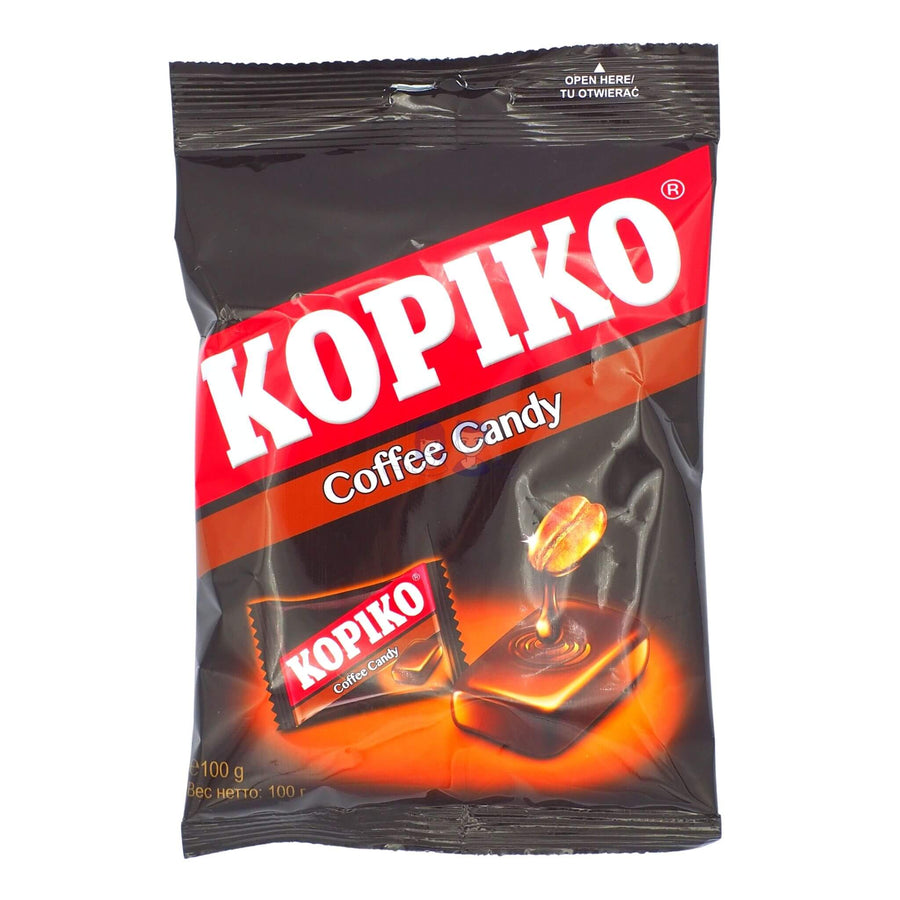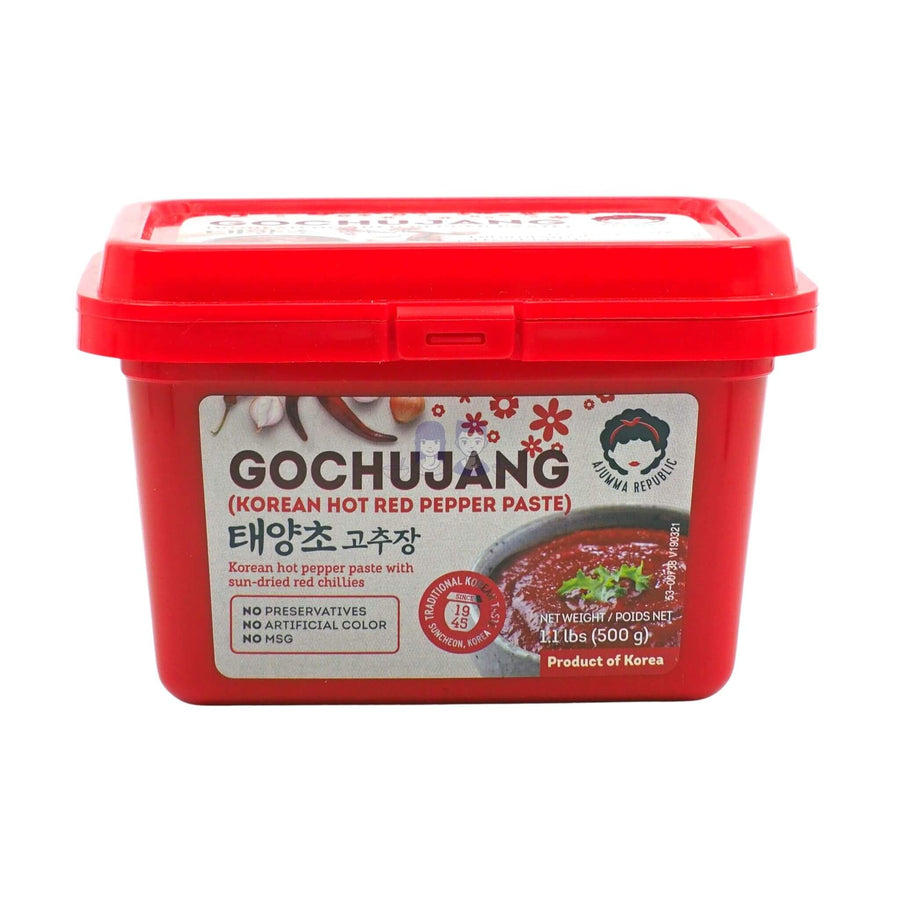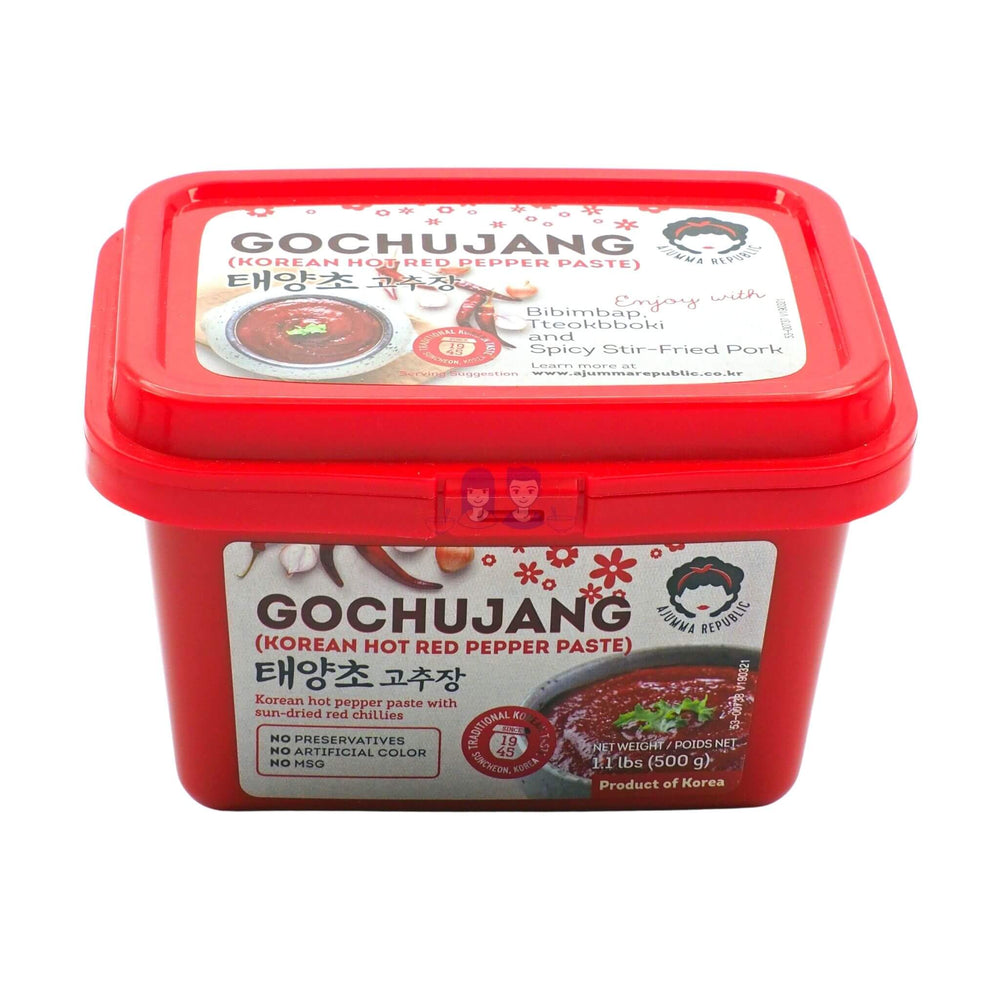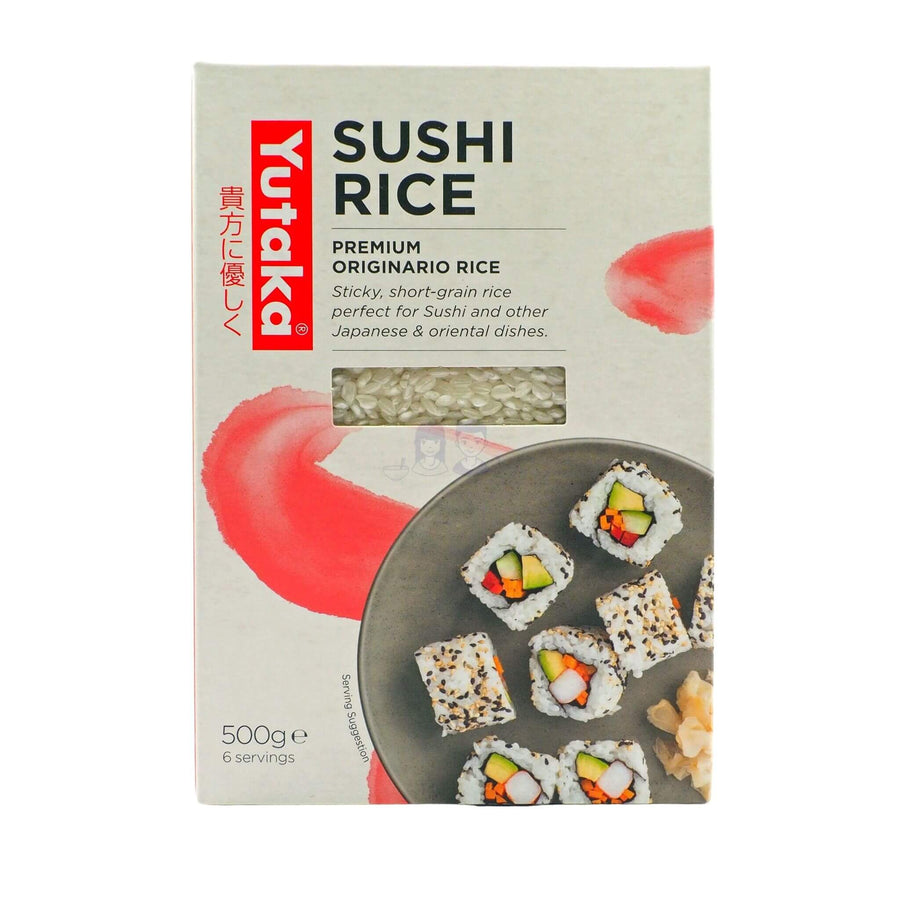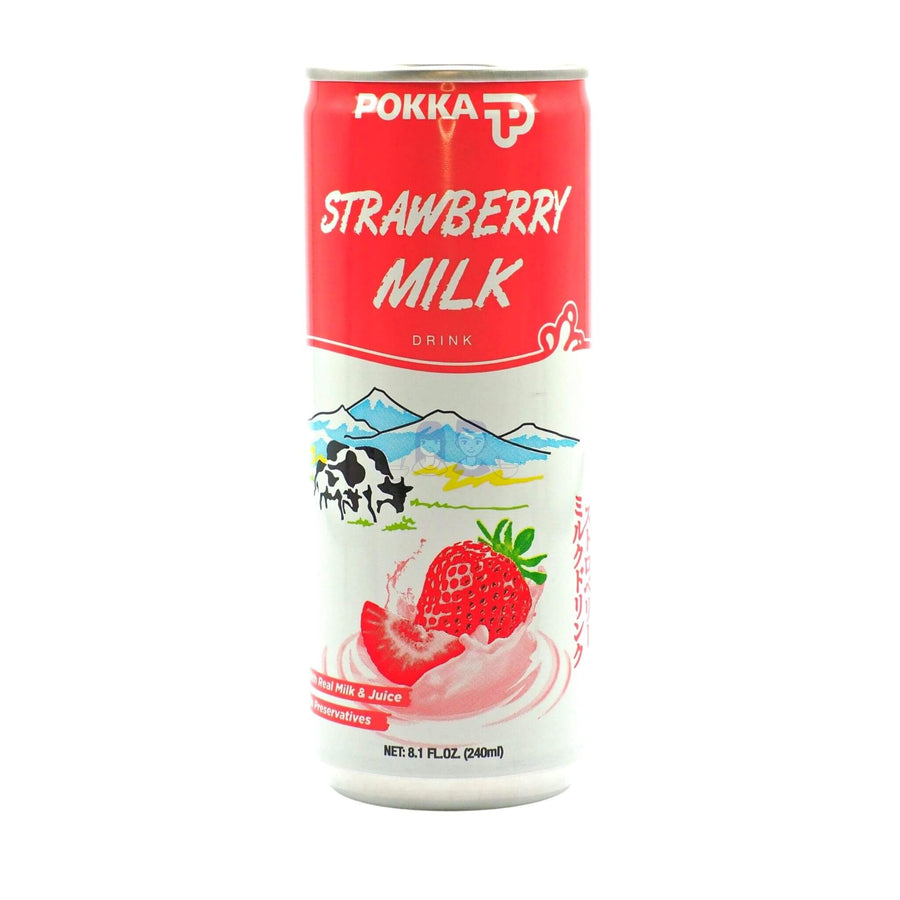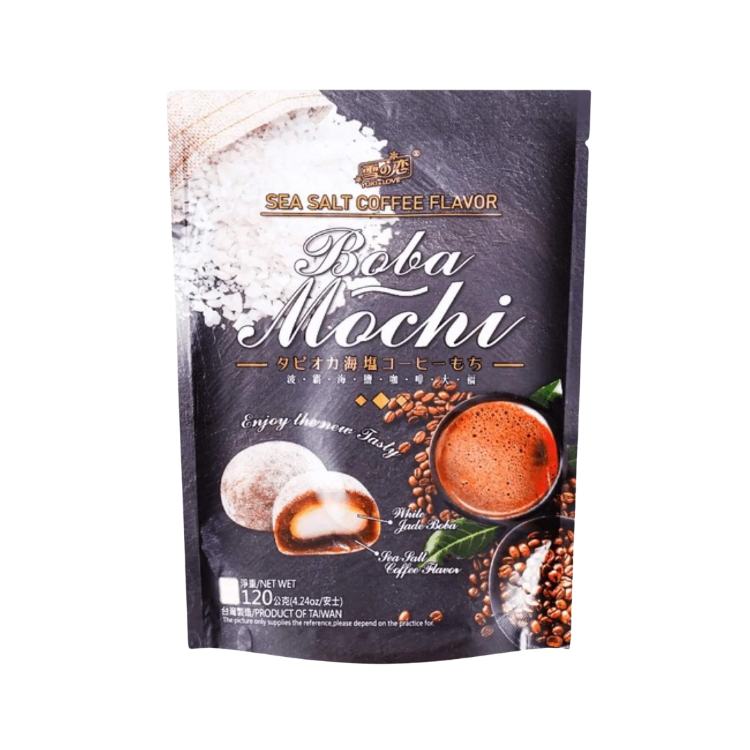Mochi Cake Magic: The World of Japan's Chewy Delight
Soft, sticky and deliciously chewy. Japanese mochi cake has captured the imagination and hearts of many people worldwide.
We always remember the first time we tasted mochi cake. Who doesn't? We were blown away by its unique texture and flavour. It instantly became one of our favourite Japanese desserts.
In this post, we'll explore the history of mochi and how it became so popular not just in Japan but across the world. We'll also share a list of the most common types of mochi including some you might find when you are next shopping or eating out.
→ Shop now: Our handpicked range of mochi treats
The Origin Story of Mochi
Mochi's story is as rich as its taste. Historically rooted in ancient Japan, this delicacy dates back to the Heian period running from the 8th to 12th centuries. For around a millennium, mochi has been more than just a treat. We recall being explained how it symbolises longevity and happiness, making it an integral part of Japan's cultural fabric.
While its exact origins are cloaked in the mists of history, it's well-known that mochi has played a role in Japanese rituals for over a thousand years. It began as a food reserved for the elite, owing to the labour-intensive process of its creation. With time, as rice became more accessible, so did mochi rice. This paved its way into the hearts and homes of the Japanese masses and eventually across the world.
What Is Mochi? Understanding the Texture and Taste
Mochi is a traditional Japanese treat, enjoyed both as a snack and dessert. It is crafted from a special type of glutinous rice called mochigome.
The mochi rice is first steamed and then pounded, transforming it into a sticky, elastic dough. This mochi dough is then moulded into mochi's signature round and rectangular shapes.
What makes mochi cake so distinctive in our opinion, is its unique and irresistible chewy texture once cooked. This is caused by the high-starch content of mochigome.
Flavour-wise, with its primarily neutral taste, mochi serves as an ideal base for a wide range of fillings and flavours. Whether it's the sweet allure of azuki bean paste or the intrigue of savoury options, the adaptability of mochi is undeniable. This is also one of its most captivating traits.
Traditional Mochi Making: The Art of Mochitsuki
At the heart of traditional mochi-making is mochitsuki - the traditional mochi-pounding ceremony. This rhythmic, communal event involves repeatedly pounding steamed mochigome using large wooden mallets. At the same time, others turn and wet the mochi dough, ensuring it doesn't stick. It's not just about food; it's about community, teamwork, and a shared cultural experience.

The Many Faces of Mochi: Varieties and Mochi Flavours
Mochi's beauty lies not just in its chewy consistency, but also in its versatility. This popular Japanese snack takes many forms, from mochi flavours and forms that range from sweet delights to savoury staples. The sheer variety of mochi is a testament to its versatility. It reflects both the diversity of Japanese culture and culinary innovation across generations.
Here is a list of some of the most popular mochi variants including some of our favourites. Why not try some with a cup of your favourite Japanese tea?
Daifuku
One of the most popular mochi variants, daifuku is sweet mochi filled with a range of delightful fillings. The most traditional filling is sweetened red bean paste or 'anko'. This mixture of azuki beans and sugar lends a rich, semi-sweet flavour that pairs beautifully with the neutral taste of the mochi. Modern takes on daifuku have introduced fillings like strawberries, custard, and even ice cream. This ensures these mochi desserts simply to die for. They are also great for an Asian picnic.

Sakura Mochi
Celebrating the cherry blossom season, sakura mochi is a pink-tinted mochi filled with sweet bean paste. All of this, of course, rapped in a pickled cherry leaf. Celebrating the cherry blossom season, sakura mochi is a pink-tinted mochi. This sweet treat is filled with sweet bean paste and wrapped in a pickled cherry leaf. It is the epitome of spring in Japan, presenting a combination of sweet and salty tastes in every bite.

Kirimochi and Kusamochi
Kirimochi is often consumed in the winter months. It's a type of mochi that is typically grilled and filled with red bean paste. This leads to a fluffy, crispy exterior and a gooey interior. You may see Kusamochi infused with the essence of Japanese mugwort or 'yomogi'. This offers an earthy flavour and is usually filled with red bean paste.

Warabimochi
Unlike traditional mochi made from rice, warabimochi is made from warabiko or bracken starch. It has a jelly-like consistency. It's often coated with kinako, a roasted soybean powder, and drizzled with kuromitsu, a type of brown sugar syrup.

Dango mochi
These skewered rice dumplings are often associated with seasons and festivals in Japan. For example, during the cherry blossom season, one might encounter hanami dango, a tricoloured dango which acts as an ode to springtime
These skewered rice dumplings are often associated with seasons and festivals in Japan.

Ichigo Daifuku
A delightful variation of the traditional daifuku, this treat features a whole strawberry as its core. This is surrounded by bean paste and then encased in the mochi layer. It's a juicy burst of flavours, which is a personal favourite during the strawberry season.

Yatsuhashi
Hailing from Kyoto, this is a cinnamon-flavoured mochi often filled with red bean paste. The combination of the spice with the sweet filling is a sensory journey.
Exploring the world of mochi reveals more than just a Japanese rice cake. It's a canvas painted with Japan's history, traditions, and innovations.
With every region, festival, and season, mochi transforms, local flavours and sentiments. From the nutty aroma of kinako-coated mochi to the tangy bite of a sakura leaf in sakura mochi, every variant offers a unique experience.

Isobe Maki
Isobe Maki comes wrapped in a crisp, toasted piece of nori seaweed. One of the most popular types of Japanese seaweeds comes presented as a delightful fusion of the sea's umami with the soft, chewy texture of rice cake. Isobe Maki also includes a hint of soy sauce which adds a subtle salty taste to contrast mochi's sweetness.

Mochi in Celebrations and Rituals
Mochi is not just food; it's a festive symbol. Take, for instance, the New Year's tradition of kagami mochi - a ceremonial mochi display symbolising renewal and the breaking away of the old. This ritual showcases mochi's embeddedness in Japanese celebrations. It carries with it wishes for health, happiness, and prosperity.
Mochi's Global and Modern Journey
The mochi cake wave has transcended Japan's shores, making ripples globally. One such innovation is mochi ice cream, a divine combination of velvety ice cream encased in a mochi shell. This fusion, along with others like mochi donuts, is a testament to mochi's adaptability. It appeals to international palates while still retaining its intrinsic charm.
Snack lovers, home cooks, and chefs worldwide are embracing mochi. They're experimenting and innovating, pushing culinary boundaries. They present mochi in avant-garde ways but still pay homage to its traditional roots.
Final Word
Mochi rice cake, in its delightful chewiness, tells tales of Japanese traditions and culinary innovation. As it continues its journey, from traditional Japanese kitchens to global gourmet menus, to us it stands as a symbol of the magic that food can bring. The magic that transcends borders, connecting hearts and evoking shared human experiences.
So, the next time you bite into this chewy Japanese treat, remember, that you're not just savouring one of our favourite Asian snacks. You are a piece of culture, history and sheer mochi magic.


